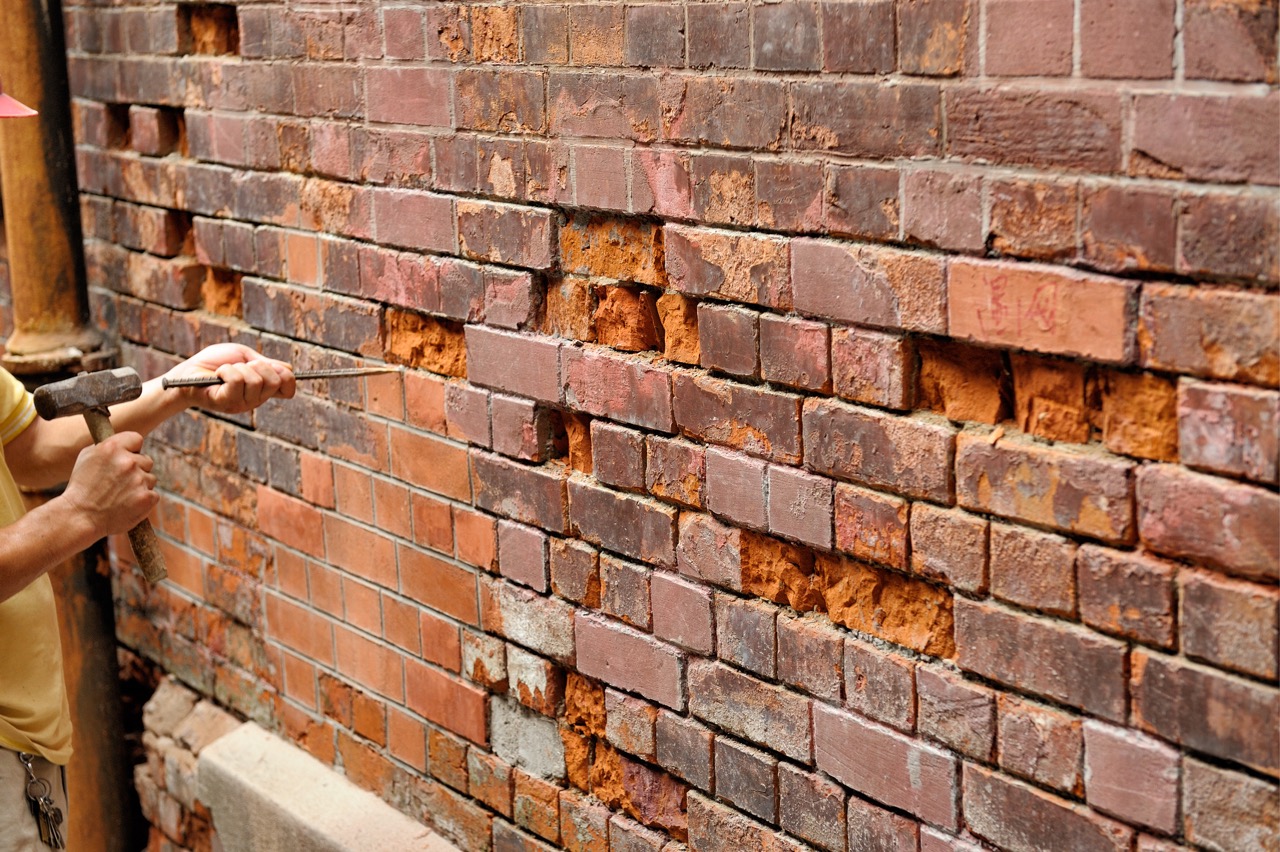High-quality Roofing Contractor Services for Your Home
High-quality Roofing Contractor Services for Your Home
Blog Article
Opening the Keys of Sustainable Masonry Building And Construction Practices for Eco-Friendly Buildings
Among the myriad techniques to green structure, sustainable stonework building and construction stands out as a time-tested and resilient approach that holds a wealth of untapped potential. From the selection of products to innovative building techniques, the tricks to attaining sustainability within masonry building are complex and interesting.
Advantages of Lasting Stonework Building
Welcoming sustainable masonry construction methods not just lowers environmental effect yet likewise supplies long-lasting economic advantages to home builders and communities. By using products like recycled blocks, blocks, and stones, building contractors can considerably reduce the carbon footprint of their jobs while advertising source efficiency. In addition, sustainable stonework construction methods, such as appropriate insulation and thermal mass properties, can improve energy effectiveness within structures, leading to minimized functional prices over time.
Furthermore, the sturdiness and durability of stonework frameworks add to long-term financial benefits. Buildings built utilizing lasting stonework techniques frequently call for less repair and maintenance, equating to set you back savings for contractors and homeowner. The durability of masonry products likewise ensures that structures stay steady and protected, reducing the need for constant renovations or replacements.
Eco-Friendly Masonry Materials
Utilizing environment-friendly masonry products is an essential step towards improving the sustainability of construction techniques and lessening environmental influence while making the most of lasting financial benefits. Lasting masonry products are sourced, created, and utilized in a fashion that minimizes overall ecological impact. Products such as recycled bricks, reclaimed rock, and sustainable cinder block are ending up being increasingly prominent options for eco-conscious home builders. Recycled bricks, as an example, not only draw away waste from garbage dumps yet additionally require much less energy to generate compared to brand-new blocks. Recovered stone uses a distinct visual appeal while decreasing the demand for brand-new quarrying. Sustainable concrete obstructs include recycled aggregates and might include improved insulation homes, adding to energy performance in buildings.
Furthermore, all-natural products like adobe, rammed earth, and straw bales offer exceptional thermal mass residential or commercial properties, lowering the requirement for home heating and cooling energy. These products are often locally readily available, advertising local economic situations and lowering transportation-related carbon exhausts. By choosing eco-friendly stonework products, building projects can substantially lower their ecological impact and add to the development of healthier, extra sustainable constructed settings.
Energy-Efficient Masonry Strategies
Power performance plays a critical function in improving the sustainability of stonework building methods. One essential energy-efficient masonry method is the usage of thermal mass, which involves including dense materials like concrete or brick right into the structure's framework to take in and save heat.

Technologies in Lasting Stonework
Current improvements in sustainable masonry practices have actually caused cutting-edge strategies that are reshaping the building industry. One such development is the advancement of self-healing concrete, which makes use of microorganisms embedded within the concrete to recover splits autonomously. This development not only decreases maintenance prices but likewise enhances the resilience of masonry frameworks, adding to their sustainability.
One more noteworthy development is making use of recycled aggregates in stonework building and construction - masonry contractor. By integrating materials such as smashed ceramic waste or recycled glass into concrete blends, building contractors can minimize the environmental effect of building projects while keeping structural honesty. This method not only draws away waste from garbage dumps but likewise preserves natural deposits, making it an essential advancement in lasting masonry building
Additionally, the assimilation of electronic design tools, such as Structure Info Modeling (BIM), is changing the method stonework structures are intended and constructed. BIM permits more exact calculations, minimized product waste, and boosted energy performance, ultimately leading to even more sustainable building techniques. These advancements jointly represent an encouraging future for lasting masonry building and construction in the age of environmentally friendly structures.
Future Trends in Stonework Sustainability
With the innovative strides made in sustainable stonework techniques, the future trends in masonry sustainability are positioned to additional change the construction market. Among the crucial fads shaping the future of masonry sustainability is the enhanced assimilation of technology. Improvements such as Structure you could check here Details Modeling (BIM) and virtual reality simulations are being used to enhance stonework building procedures, resulting in minimized product waste and boosted power performance in structures.
In addition, the advancement of unique sustainable materials is set to play a considerable function in improving the eco-friendliness of masonry building. masonry contractor. Developments like self-healing concrete, recycled accumulations, and bio-based binders are getting traction for their ability to reduce environmental impact while maintaining structural honesty

Final Thought
In final thought, lasting stonework building methods offer many advantages for environmentally friendly structures. masonry contractor. Innovations in sustainable stonework are continually being developed to additionally boost the environmental efficiency of structures.
Report this page